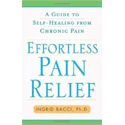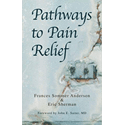Best Mindfulness/Emotion Regulation Strategies

This 2018 study looked at the association between mindfulness and emotion regulation and the best strategies that emerged out of these two approaches. Because a lot of chronic pain has its roots in the emotional limbic brain, strategies that look at how to deal with emotions and also how to mindfully approach your symptoms is crucial for mind-body healing.
What emerged from the study were four mindfulness and emotion regulation strategies that were most helpful. These are describing, non-reactivity, acceptance, and re-appraisal. Describing is affect labeling or describing emotions through words. This is getting in touch with our emotions and using words to describe or feelings. Remember, your feelings are also symptoms which can also be emotions. Non-reactivity is just like it sounds, not reacting to what you feel. This goes hand in hand with acceptance as these two strategies really help to reduce secondary reactions and allow our feelings to run their course without worry or concern. The last strategy called re-appraisal answers the question of why you want to accept your feelings with non-reactivity. Because what you feel is not dangerous or bad, it’s just limbic brain reactions or emotions. Re-appraising what you feel as being Ok and not bad or sinister is one of the key important things one needs to do for healing.
I hope these strategies help you to conceptualize how to approach chronic symptoms that do not originate from structural issues in the body. If you want more one-on-one help on how to implement these, reach out for consultation or join the weekly somatic group sessions where we implement these strategies into a somatic practice.






